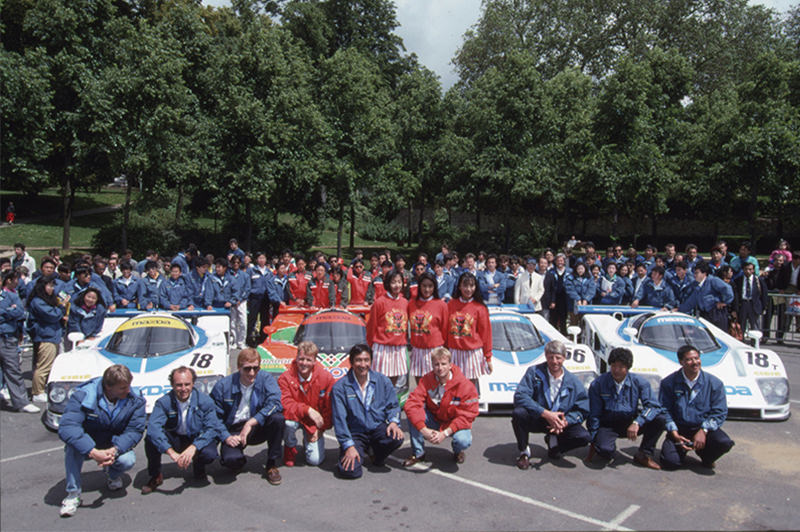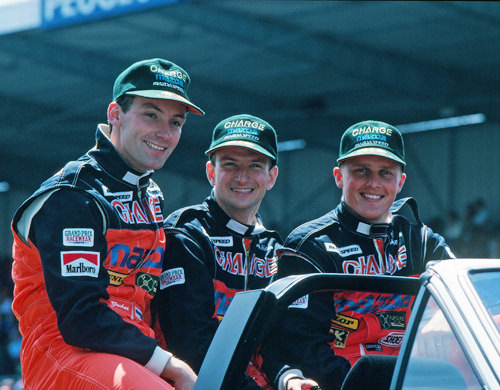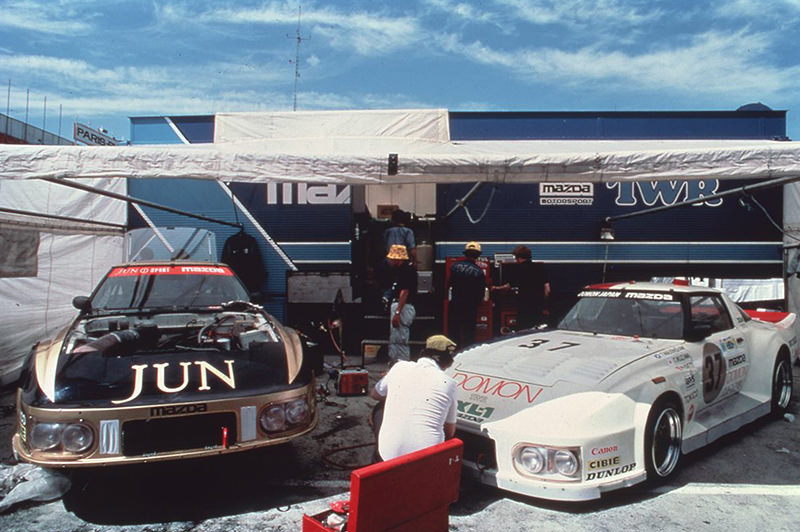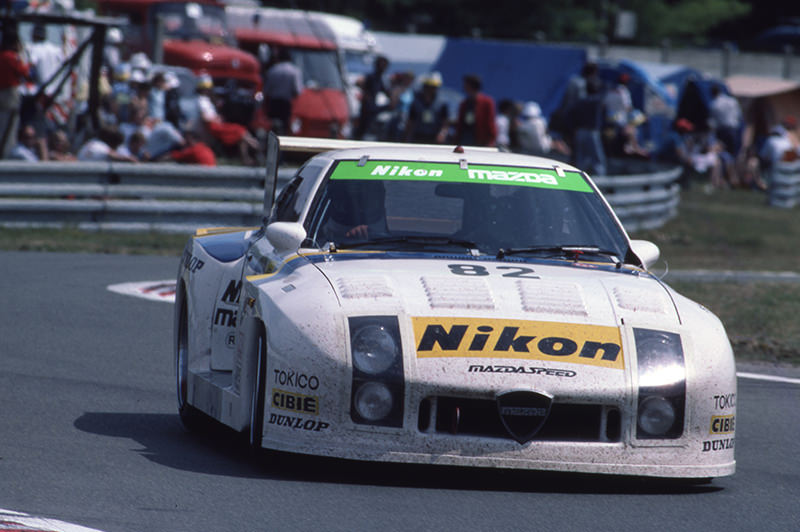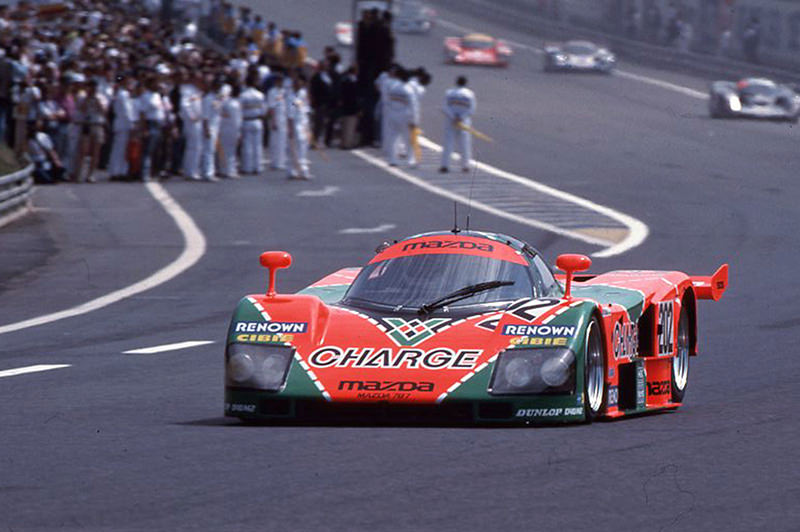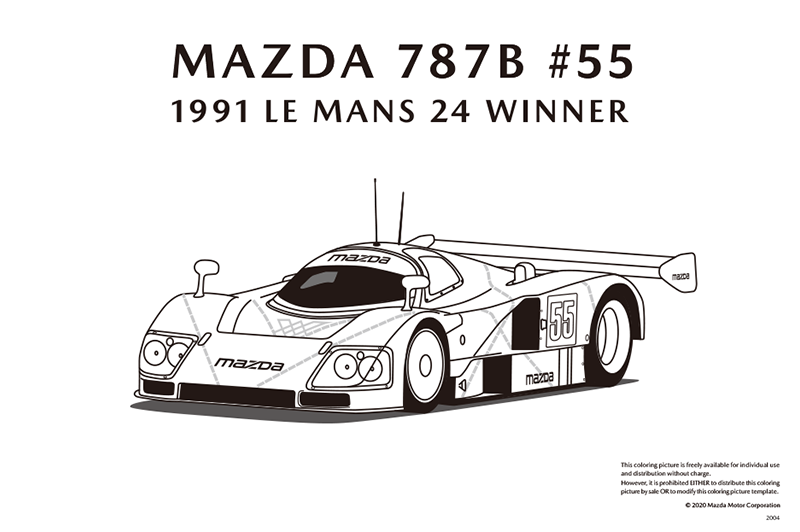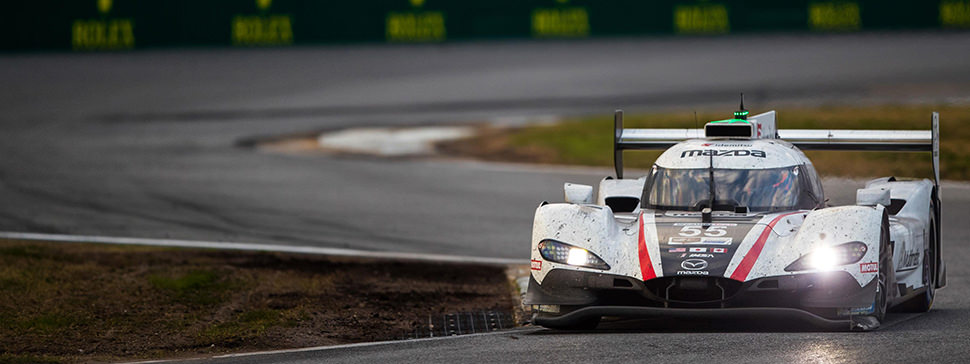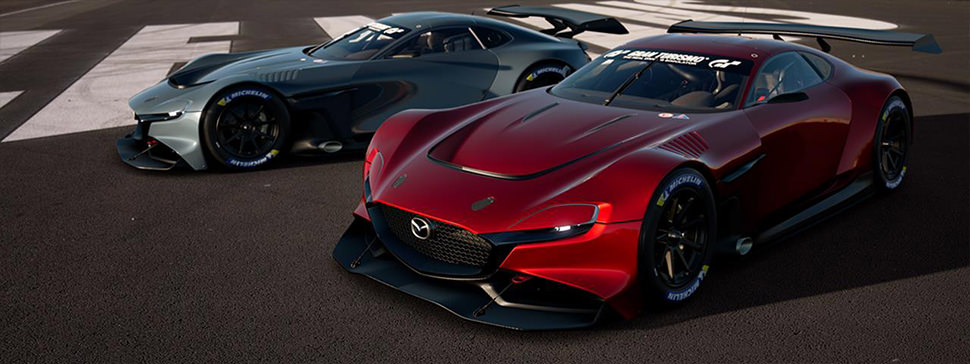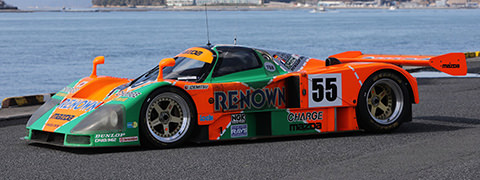Last year Mazda celebrated its 100th anniversary. Since the company's founding, it has relentlessly taken on new challenges. Symbolic of this "never stop challenging" spirit was the commercialization of the rotary engine, which no other company in the world had ever achieved. Then, taking on the challenge of the 24 Hours of Le Mans brought this technology to the pinnacle of world motoring. In 1991, Mazda became the first rotary engine manufacturer in the world and the first Japanese manufacturer to take overall victory in this prestigious race. In the lead up to the 30th anniversary of this momentous occasion in 2021, we have created a commemorative website to introduce the history, technology and people of Mazda to those who may not yet be familiar. We truly hope you enjoy it.
30TH ANNIVERSARY OF LE MANS VICTORY COMMEMORATIVE SITE
NEWS
MAZDA 787B 1991 LE MANS WINNER
R26B 4 ROTOR ROTARY ENGINE
The side story of "Mr. Le Mans" who has participated in Le Mans 29 times, the most of any active driver
The most gruelling endurance race in the world : the 24 Hours of Le Mans


The city of Le Mans is a central town within the Sarthe department of the Pays de la Loire region, 200 km west of Paris, the capital of France. The 24-hour race takes place on the 13.6km (in 1991) Circuit de la Sarthe, which is formed by the annual closure of public roads that connects to the permanent Bugatti circuit on the outskirts of the city. The first race was held in 1923, after the First World War, and has been held in June every year since then, except for one period during World War 2. With several ups and downs, straights and fast corners followed by tight corners with full braking, the course is known to be tough on both cars and drivers. In the past, aristocrats competed in the race to prove their courage, and before the Second World War it was a proxy war, with cars wearing the national colours competing against each other. In the post-war period, car manufacturers were keen to show off the performance of their high-performance cars, and the race was the scene of famous battles such as Ferrari v Ford and Porsche v Lancia. In addition to Porsche, Mercedes, Jaguar, Aston Martin and Alpine Renault are among those who have gained fame through competing in this event. From the late 1980s onwards, Japanese car manufacturers all announced their intention to take on the Le Mans challenge, leading to the slightly derisive nickname “Le Japon Attack” (the all-out Japanese assault). Later, after the heyday of GT, the LMP1 category, promoted by the ACO (Automobile Club de l'Ouest), grew as the main category. The race has garnered a lot of attention for its ability to attract the participation of hybrid cars. After the Audi LMP1 era in the 2000s, Toyota Motor Corporation resumed participation and has won the overall championship for three consecutive years since 2018.


Many treasured photos and mostly unknown Le Mans episodes
Fan Fun Contents
LINKS






